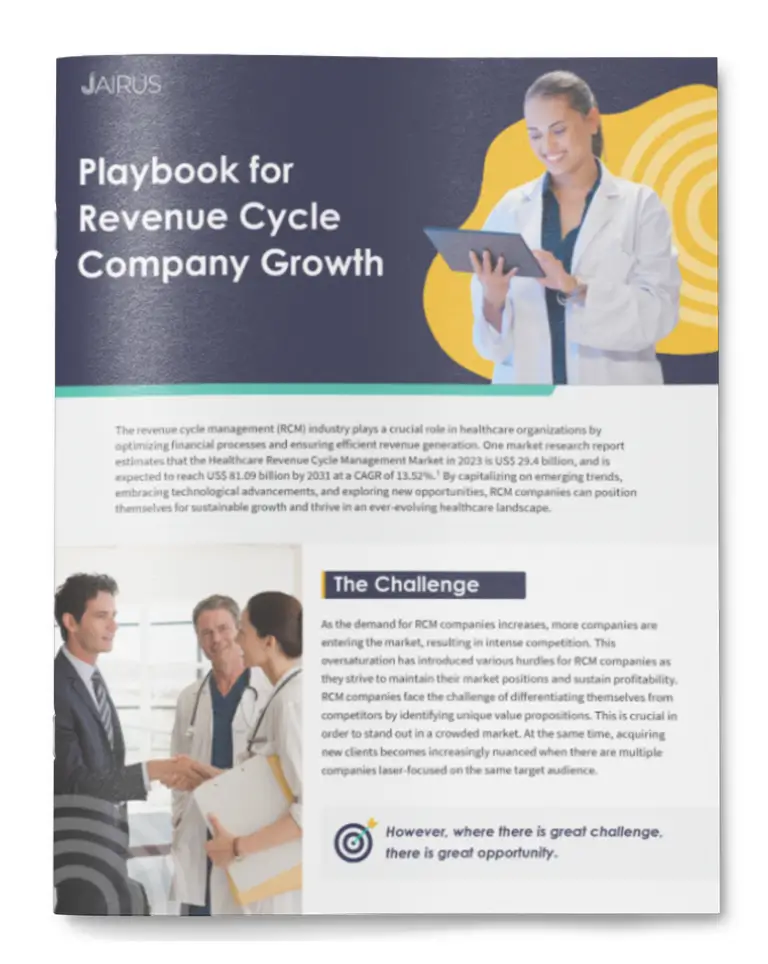The Google rules keep changing, and now that millions of people are using their smart phones to access Google, the changes in algorithms mean that your website could be penalized if it is not mobile friendly. What does that mean, exactly? Don’t worry, you will not be penalized in the form of a monetary fine, however, you may pay the price for having a non-responsive site by being pushed down in page rankings. That’s right, Google will be rewarding “mobile-friendly” (aka – responsive) websites with higher rankings than those that don’t appear well on smart phones.
To find out if your website is responsive or not, simply pull up your URL on any smart phone or tablet and look at it. Does it look good or do the images and text seem repositioned improperly? If you have not updated your website in a while, this may be the time to do so. Many templates feature a “website friendly” icon or will tell you if they are responsive or not.
While this is important, having a responsive site in and of itself is not enough to drive traffic. If you currently hold a position on page one of Google, you know that you are doing something right, but you must continue with frequent content and updates to remain at the top of your competitors rankings.
Here are four more ways you can increase traffic to your website with Google:
1. Determine the primary source of traffic
How do you know where your traffic is coming from? Google has some great webmaster tools that even non-web developers can use. One is the Google analytics tool, which can be configured directly from the backend of your website. It shows you a lot of details, such as how much traffic you’ve had on any given day, week, month or longer. It shows you the primary sources of that traffic so that you know where the top referrals are coming from.
Another great tool to use is the keyword planner tool in AdWords. Even if you are not running an AdWords campaign, you can use this tool to discover “what” people are searching for. Pay attention to the statistics and whether there are high competitions for the keywords you use. Just type in a set of keyword phrases and Google will show you exactly what people are typing in their search browsers to find similar products and services to yours.
2. Submit your website to indexes
What are site indexes? Google has one through the Google Webmaster Tools. When you submit your URL to their website index, the Google web crawlers will be able to locate your site. You should do this for all of the pages of your site, or at least the most important ones, such as the Home Page, About page and the blog. Other indexes like Alexa, Yahoo and other search engines also have indexes and you should list your website on as many as possible.
3. Optimize your pages
One common mistake of web owners is the failure to properly optimize. They post content and think that is enough to get found, but there is more to the recipe. It is like trying to make cookies but forgetting the eggs or butter. You need to set up the metatags and make sure the URL matches the keywords for that page. For example, you may leave the page with a title that says nothing about what the page is really about. And metatags are those little things below the blue box that people click on when they come across the listing in the search engine. Basically, it is a description of what the page is about and must be done in only two lines that fit underneath the link. Make sure all of these MATCH your keywords. One tool that is very useful to help anyone optimize their website is a plugin called “Yoast”. Try it out and you will notice great improvements in your web traffic because it helps you set up SEO-friendly pages.
4. Get a mobile-friendly website
As mentioned earlier, having a responsive website will increase traffic by a landslide. The number of smart phone users currently hovers at approximately 182 million and is expected to increase to approximately 220 million by 2018. It only makes sense that you will get more visitors who are using their phones to look at websites, conduct business, read and spend more time online.
Remember that although there are many more options besides Google, they are still the monster in the web search game. To stay in the game and win, you must apply all of these four strategies to not only get more traffic to your site, but to remain competitive in today’s enormous online marketplace.


